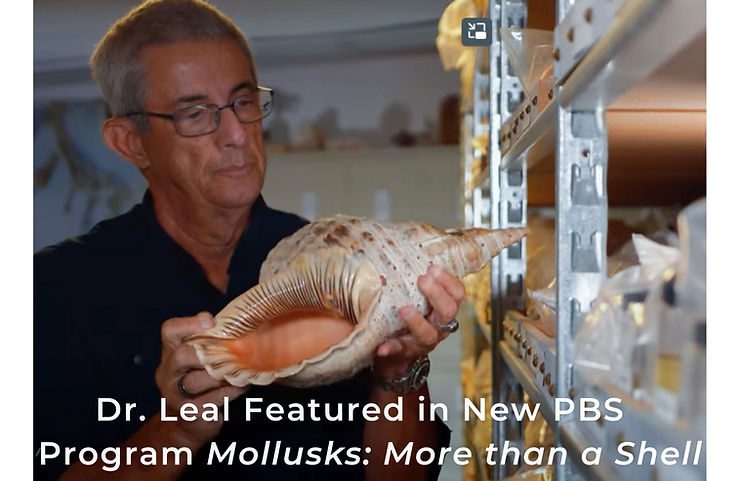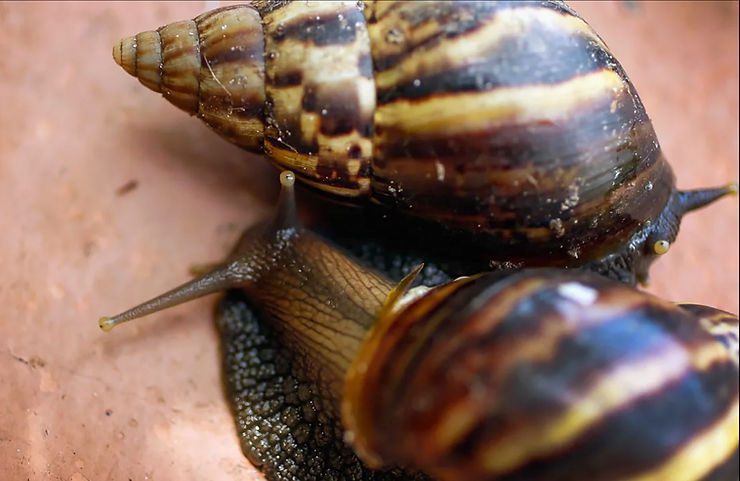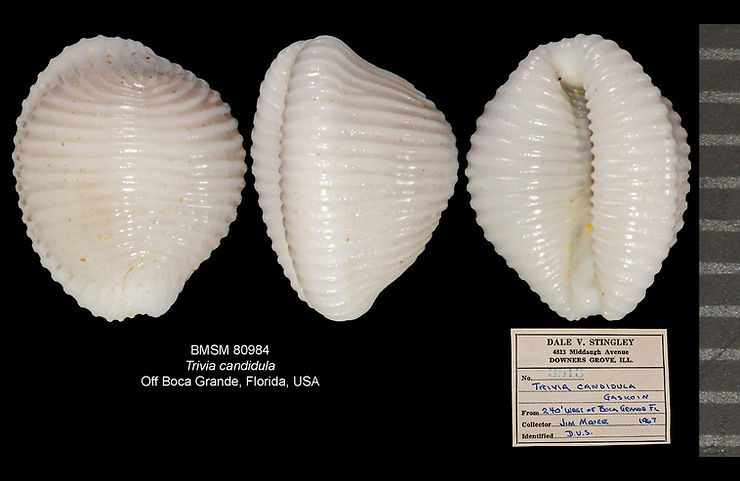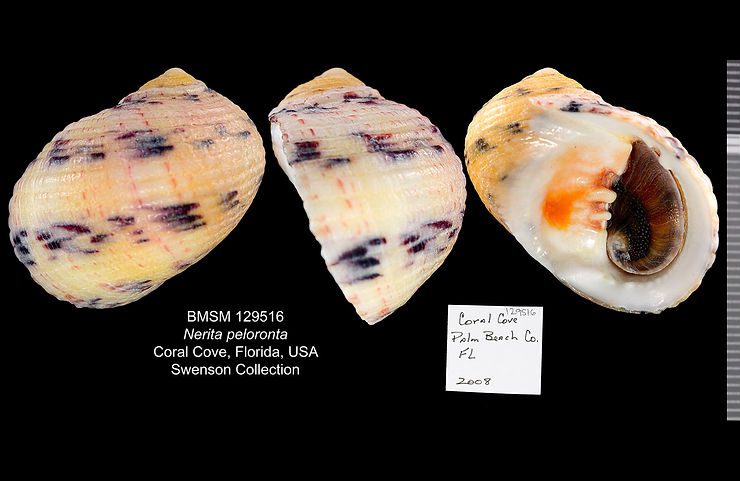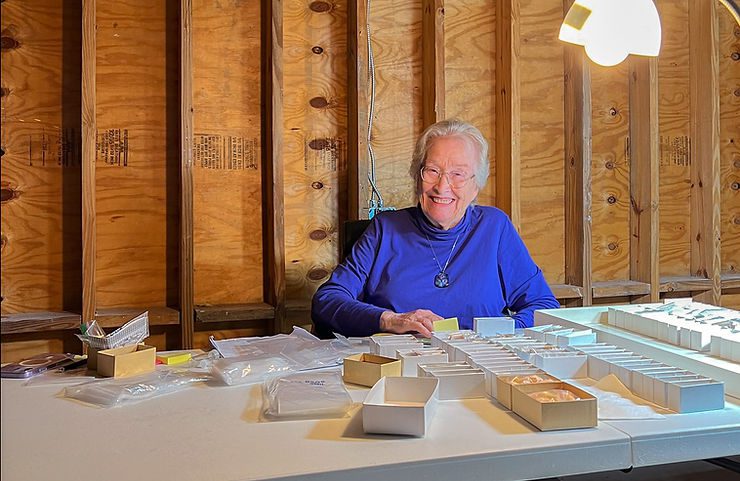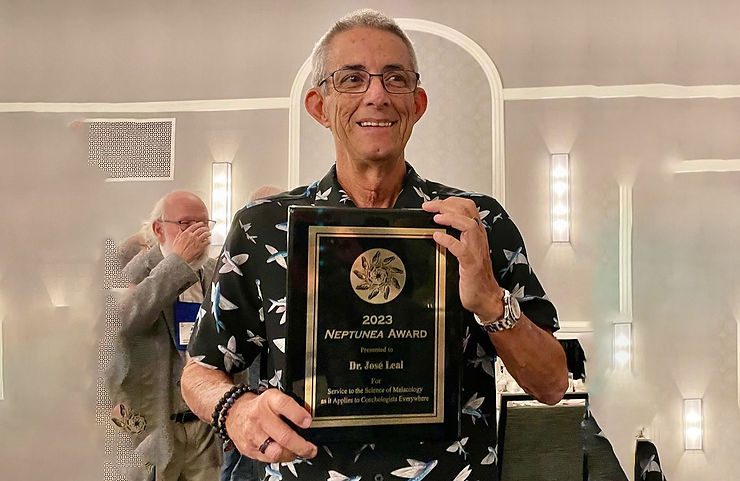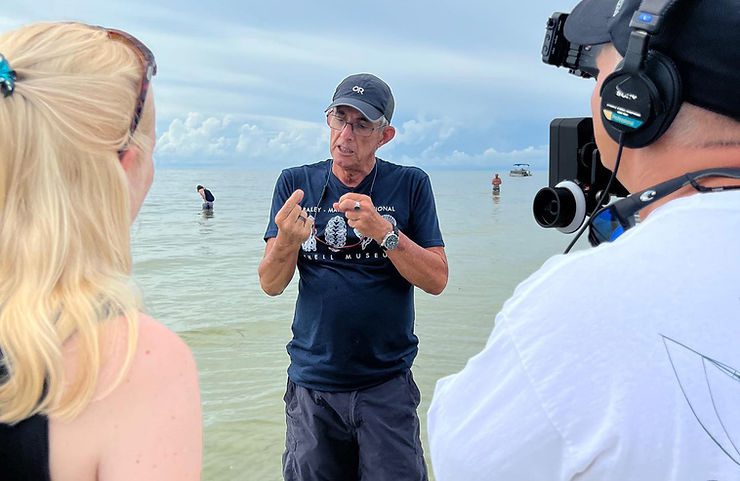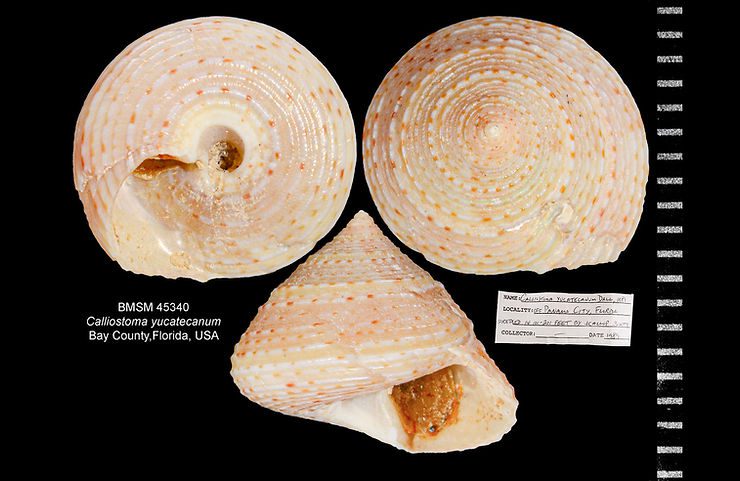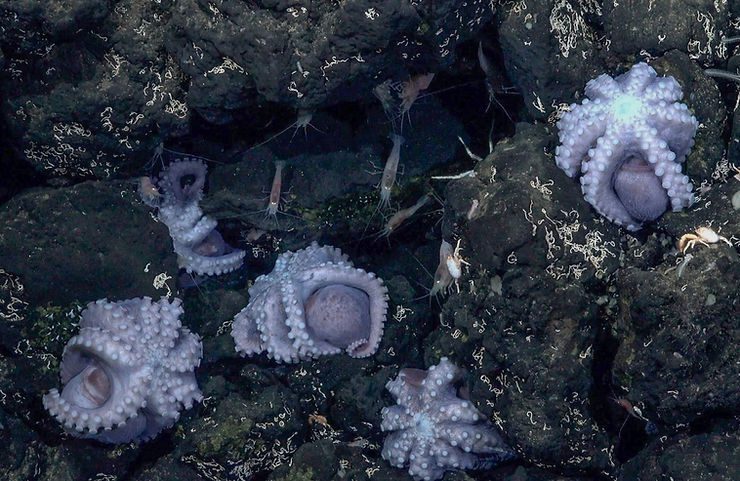
The New Octopus Garden
Social media has been abuzz with the finding of yet another deep-sea octopus nursery, this one off the coast of Costa Rica, at a depth of about 2,800 meters (about 9,200 feet). This is the third discovery of an octopus nursery in the deep ocean; in 2019 I reported in this blog about the finding of a nursery of Muusoctopus robustus*, then nicknamed “The Octopus Garden,” a gentle allusion to Ringo Starr’s song in the 1969 Beatles album Abbey Road. The original Octopus Garden was located near the D
